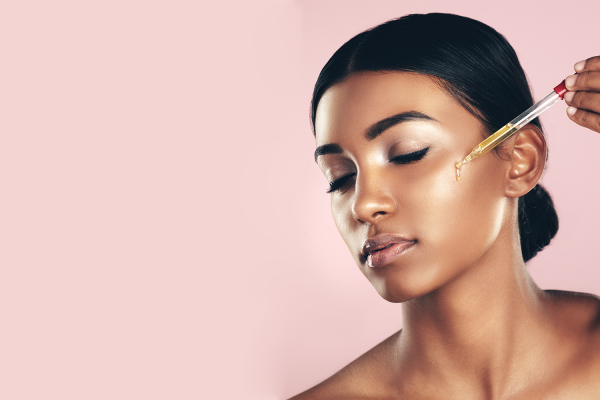Our skin is an active and layered organ that protects our body, and its state of health is determined by a continuous balance between the external and internal environment. Each injurious event, therefore, involves an immediate response of the various skin components to restore a normal condition in the shortest possible time.
The skin reacts to internal or external stimuli with modifications that alter its normal characteristics and these modifications can be temporary and easily eliminated or, if prolonged over time, condition real skin differentiations and outline the various commonly known skin types. It is very important to know our skin type, to choose the best treatment for us and to act correctly to enhance its qualities and minimise defects.
When trying to identify the type of skin, remember that the condition of the skin is influenced by the season (in winter the skin is more hydrated), by the time (during the day the secretion of sebum and sweat increases) and by the conditions of life. At the moment (psychological problems, type of diet, hormonal situation), therefore it is advisable to subject your skin to periodic checks to be sure to correctly interpret the signals.
It should also be considered that not a skin type but a skin condition must be determined. Sensitive skin could also be normal or oily or dry or a combination. For starters, there is a very quick and easy way to get an idea of your skin type: the cotton pad test.
It is passed on the skin of the face when it is dry and it is observed: that if oily traces remain on the disk it means that we are dealing with oily or combination skin. If the disk remains clean, we have normal or dry skin. We can then make a more detailed observation, taking care to prepare the skin for the “visual examination” in this way:
1. Thoroughly cleanse the face with cleansing milk;
2. Rinse the face well to eliminate the cleansing milk residues, which could lead to an incorrect classification of the skin;
3. Do not treat your face for 15 minutes: do not apply creams, lotions or tonics; At this point, observe the skin identifying the main characteristics for each type of skin.
How do we know if our skin is oily or mixed?
Oily skin is characterised by a diffuse layer of sebum which makes it oily. Generally, in this type of skin, the pores are very dilated and easily become a receptacle for pimples and impurities such as blackheads. For this type of skin, there seems to be no makeup taken. Care must be taken in taking care of it because if on the one hand, this type of skin needs a thorough cleaning, on the other hand, it is a very delicate epidermis and therefore it is advisable not to skimp on the products to be used.
Mixed skin, on the other hand, is characterised by particularly oily and greasy areas (the famous “T” area, forehead, nose, chin) and dry and sensitive areas. To understand if our skin is of this type, it is sufficient to notice its state a few hours after we have made it up. Mixed skin tends to become shiny in the “T” zone, while the rest of the face remains more or less dry.



